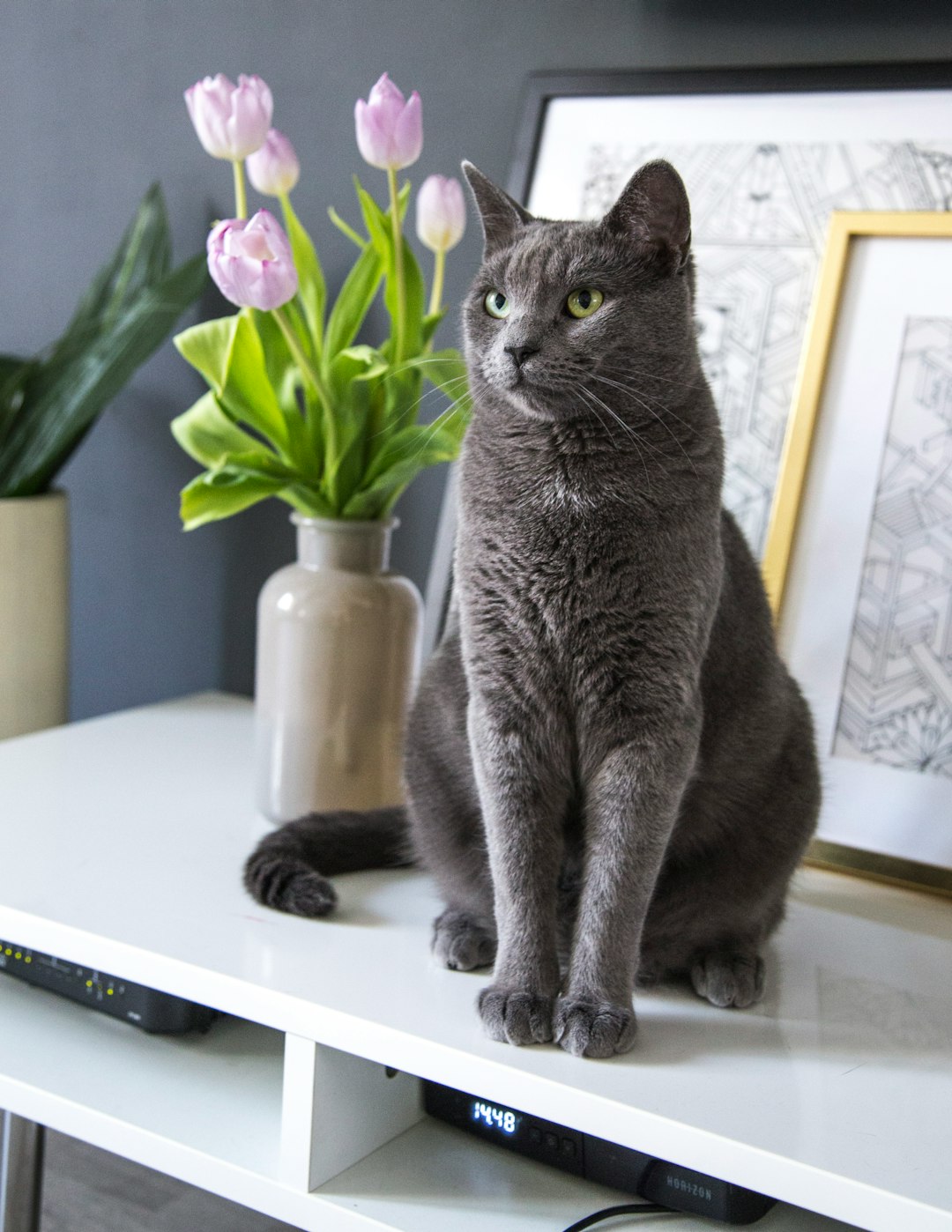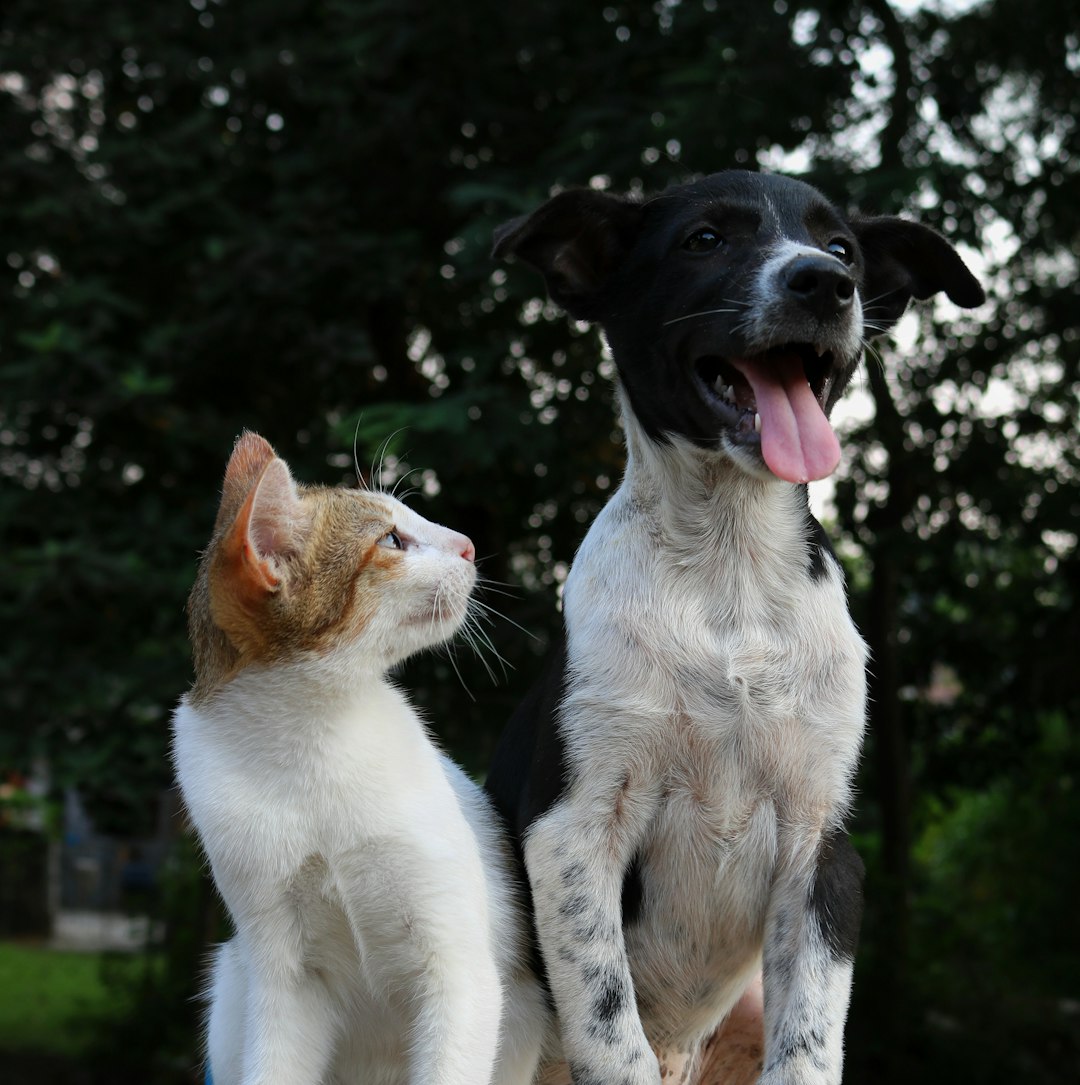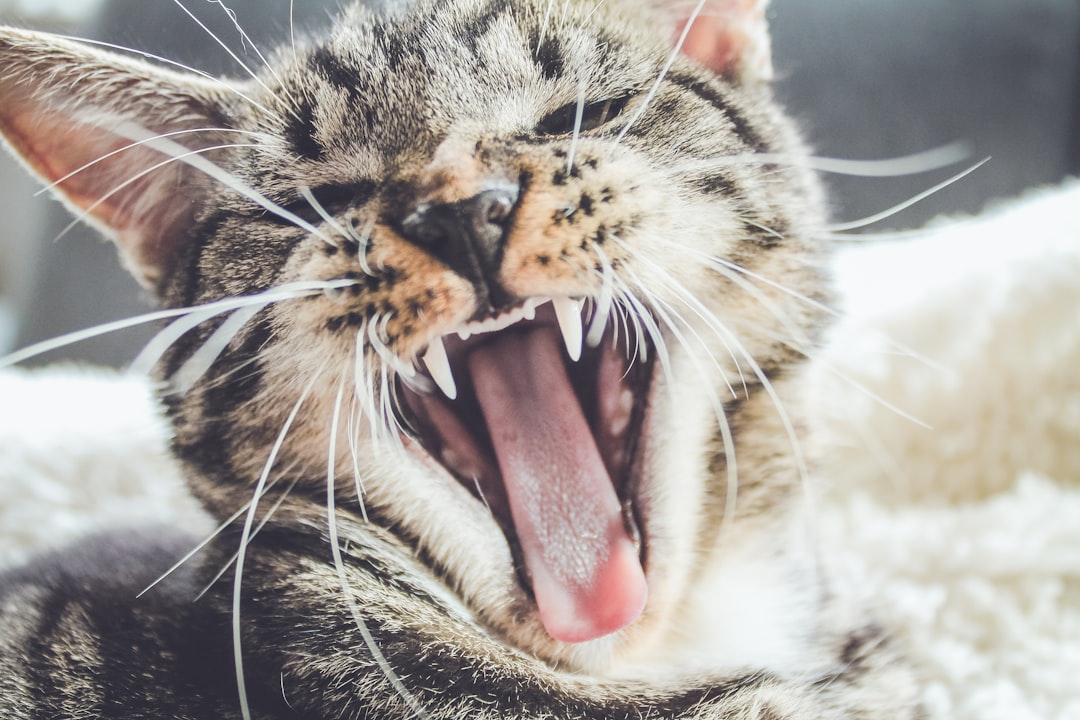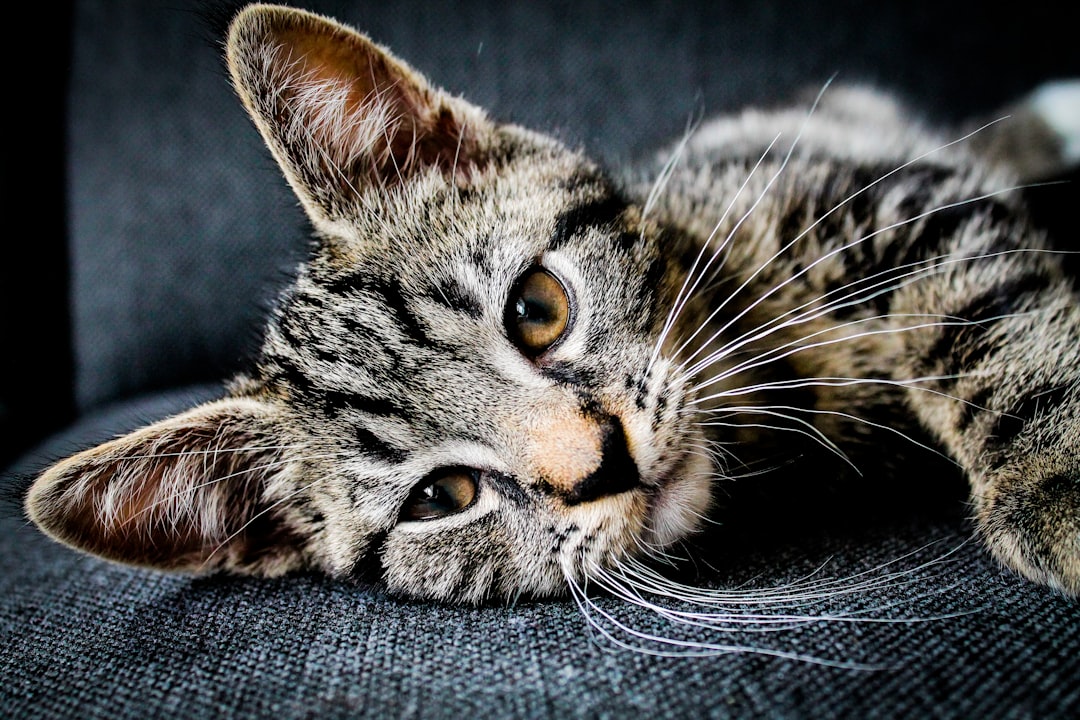When it comes to ensuring the safety of both your cat and those around it, a cat muzzle can be an essential tool. Understanding when and how to use a muzzle properly can greatly enhance your feline’s comfort during stressful situations, such as vet visits or grooming appointments. This guide will explore the various types of cat muzzles available, signs indicating your cat may need one, and crucial tips to introduce and fit it effectively. By following these best practices, you can create a calm environment for your cat while promoting its well-being.
Understanding Cat Muzzles and Their Purpose
A cat muzzle serves as an essential tool in specific situations, promoting safety for both the cat and its handler. Here’s a closer look at the purpose of using a cat muzzle:
- Preventing Bites: When handling anxious or fearful cats, a cat muzzle can protect you from unexpected bites.
- Veterinary Visits: Many cats experience stress or aggression during vet visits. A well-fitted cat muzzle can help ensure a more peaceful examination.
- Grooming: For grooming procedures, especially if your cat dislikes handling, a muzzle can allow the groomer to work safely.
- Medication Administration: If your cat needs medication via oral administration, a muzzle can prevent biting and make the process easier.
Key Benefits:
- Safety: Protects both the cat and humans from harm.
- Control: Allows better management of a cat’s behavior in stressful situations.
- Calm Environment: Reduces the likelihood of panic-induced actions.
In summary, using a cat muzzle can create a safer environment for both you and your feline friend. Always consider it a temporary solution for specific circumstances rather than a long-term fix.

Signs Your Cat May Need a Muzzle
Using a cat muzzle can be beneficial in specific situations. Here are key signs that indicate your cat may require a muzzle:
- Aggressive Behavior: If your cat frequently displays aggression towards people or other pets, a muzzle can prevent biting during necessary interactions.
- Stressful Situations: Cats often feel threatened during veterinary visits or grooming sessions. A cat muzzle can help reduce anxiety and keep everyone safe.
- Medical Procedures: If your cat requires a procedure that involves close handling, like injections or examinations, consider using a muzzle to ensure safe handling.
- Fearful Reactions: If your cat tends to panic or escape in unfamiliar settings, a muzzle can provide security and control.
- Preventing Excessive Scratching: A muzzle can protect both your cat and others if it tends to scratch when frightened.
Keep in mind that a cat muzzle should only be a temporary solution. Observing your cat’s behavior in various situations will help you determine when it might be necessary. Always prioritize your cat’s comfort and well-being.
Types of Cat Muzzles Available
Choosing the right cat muzzle is crucial for ensuring your cat’s comfort and safety. Here are the common types of cat muzzles available:
Soft Fabric Muzzles:
- Made from breathable materials.
- Provide a gentle fit, ideal for short-term use.
- Not suitable for prolonged wear or escape artists.
Mesh Muzzles:
- Crafted from lightweight mesh, enabling airflow.
- Allows your cat to drink while wearing the muzzle.
- Some cats may find them more tolerable.
Plastic Muzzles:
- Rigid structure offers secure restraint.
- Best for aggressive cats needing extra control.
- Ensure it has ventilation holes to prevent distress.
Custom-Fit Muzzles:
- Tailored to your cat’s size and shape.
- Maximize comfort and minimize risk of escape.
- Often used by professionals or for special needs pets.
| Type | Comfort Level | Best For |
|---|---|---|
| Soft Fabric | Moderate | Quick vet visits |
| Mesh | High | Cats who need hydration |
| Plastic | Low | Aggressive behavior |
| Custom-Fit | Very High | Specific needs |
Choosing the right cat muzzle not only ensures safety but also makes the experience less stressful for your feline companion.
How to Properly Fit a Cat Muzzle
Fitting a cat muzzle correctly is crucial to ensure your cat’s comfort and safety. Follow these steps for an optimal fit:
Choose the Right Size:
- Measure your cat’s snout length and circumference.
- Refer to manufacturer sizing charts to select the appropriate muzzle.
Adjust the Straps:
- Ensure that the straps are snug but not too tight. A good rule of thumb is to fit two fingers between the muzzle and your cat’s snout.
- Check for Movement: The muzzle should allow your cat to open its mouth slightly for panting and drinking.
Test the Fit:
- Observe your cat’s behavior while wearing the muzzle. If it shows signs of distress or tries to remove it, reassess the fit.
- Avoid any muzzles that irritate your cat’s skin or cause excessive rubbing.
Duration:
- Limit the initial wearing time to short periods, allowing your cat to get accustomed to the feeling of the cat muzzle.
By ensuring a proper fit, you will help your cat feel secure and reduce the risk of injury or escape.

Introducing Your Cat to a Muzzle
Introducing a cat muzzle to your feline friend requires patience and a gentle approach. The goal is to create a positive association with the muzzle so your cat feels comfortable. Here are some steps to consider:
- Choose the Right Environment: Begin in a quiet space where your cat feels safe and relaxed.
- Familiarization: Let your cat sniff and explore the cat muzzle without applying it. This builds curiosity and reduces fear.
- Reward Progress: Use treats or your cat’s favorite toy to reward them for showing interest. Positive reinforcement is key!
- Gradual Introduction: Slowly place the muzzle on your cat for just a few seconds, then remove it. Gradually increase the duration over several sessions.
- Short Sessions: Keep initial encounters brief, gradually extending the time your cat wears the cat muzzle.
Tips to Remember
- Always supervise your cat when they wear the muzzle.
- Monitor their body language; if signs of distress appear, try again later.
- Celebrate milestones, no matter how small!
With these steps, your cat will likely adapt to the cat muzzle over time, ensuring their safety during vet visits or grooming sessions.
Safety Tips for Using a Cat Muzzle
Using a cat muzzle can be beneficial in certain situations, but safety is paramount. Follow these essential tips to ensure a secure and positive experience for your feline friend:
Choose the Right Size: Ensure the cat muzzle fits snugly but comfortably. It should allow your cat to breathe and pant without any obstruction.
Monitor Behavior: Always supervise your cat while wearing the muzzle. Watch for signs of distress or discomfort, such as excessive scratching or vocalizing.
Limit Usage Time: Do not leave the cat muzzle on for extended periods. Initially, use it for short durations to help your cat acclimate.
Gradual Introduction: Familiarize your cat with the muzzle before using it. Allow them to sniff and explore it without wearing it first.
Positive Reinforcement: Reward your cat with treats and praise when they wear the muzzle. This creates a positive association.
Consult Professionals: If you have any uncertainties about using a cat muzzle, consult a veterinarian or a professional animal behaviorist for guidance.
By following these safety tips, you can ensure that using a cat muzzle remains a stress-free experience for both you and your cat.
Common Mistakes to Avoid
Using a cat muzzle correctly is crucial for your cat’s safety and comfort. Here are some common mistakes many pet owners make and how to avoid them:
Choosing the Wrong Size: A poorly fitting cat muzzle can cause discomfort or stress. Always measure your cat’s snout before buying.
Not Gradually Introducing the Muzzle: Sudden exposure can lead to resistance. Instead, allow your cat to explore the muzzle gradually over several days.
Leaving the Muzzle On for Too Long: A cat muzzle is meant for short-term use. Prolonged wear can lead to anxiety or difficulty in breathing.
Ignoring Your Cat’s Stress Signals: Pay attention to your cat’s body language. If they show signs of distress, remove the muzzle immediately.
Using the Muzzle for Punishment: Never use a cat muzzle as a form of discipline. This association can heighten fear and anxiety.
By avoiding these mistakes, you can ensure a more positive experience for both you and your feline friend when using a cat muzzle.

When to Consult a Veterinarian Regarding Muzzles
Using a cat muzzle can be a helpful tool in certain situations, but it’s essential to know when to seek professional advice. Here are key signs that indicate a conversation with your veterinarian may be necessary:
- Persistent Aggression: If your cat continues to show aggressive behavior despite muzzle training, consult your vet for behavioral assessment.
- Extreme Anxiety: If your cat becomes extremely stressed while wearing a cat muzzle, this could point to deeper anxiety issues that need addressing.
- Physical Discomfort: Watch for signs of irritation or injury caused by the muzzle. Your vet can recommend alternative options.
- Inappropriate Use: If you’re unsure about how to use a cat muzzle safely, your veterinarian can provide proper instructions.
- Underlying Health Issues: If your cat has respiratory problems or other health concerns, using a muzzle might not be appropriate.
In summary, checking in with your veterinarian ensures that the use of a cat muzzle remains a safe and effective tool for both you and your feline friend.
Frequently Asked Questions
What is a cat muzzle and why would I need one?
A cat muzzle is a device designed to fit over a cat’s snout, preventing them from biting, scratching, or causing injury. They are particularly useful during veterinary visits, grooming sessions, or when transporting an anxious cat. Using a muzzle can help keep both the cat and the handler safe during stressful situations, allowing for procedures to be performed without the risk of injury. However, it’s crucial to ensure muzzles are used appropriately and humanely, with the cat’s comfort in mind.
How do I train my cat to wear a muzzle?
Training a cat to wear a muzzle requires patience and a positive approach. Start by introducing the muzzle to your cat without forcing it. Allow them to explore it, rewarding them with treats and praise for any interaction. Gradually, place the muzzle on the cat for short periods, increasing the duration as they become more comfortable. It’s essential to monitor your cat’s body language and remove the muzzle if they show signs of distress. Building this association with positive reinforcement helps ensure a stress-free experience.
Are there specific situations where a cat muzzle is recommended?
Cat muzzles are particularly recommended in situations where a cat might become stressed or aggressive, such as during vet visits, nail trimming, or grooming. They can also be useful when introducing a new pet or when acclimating to a new environment. Additionally, for outdoor explorations, a muzzle can provide safety if your cat tends to bite at objects or people out of fear or anxiety. However, the key is to use the muzzle responsibly and in conjunction with other calming techniques.
What factors should I consider when choosing a cat muzzle?
When selecting a cat muzzle, consider factors such as the size and breed of your cat to ensure a proper fit. Look for muzzles made with breathable materials that allow your cat to pant and breathe easily. It’s also helpful to choose a muzzle that has adjustable straps for comfort and security. Furthermore, make sure to opt for a design that doesn’t cause stress or discomfort, as the primary goal is to keep both the cat and the handler safe during challenging situations.



